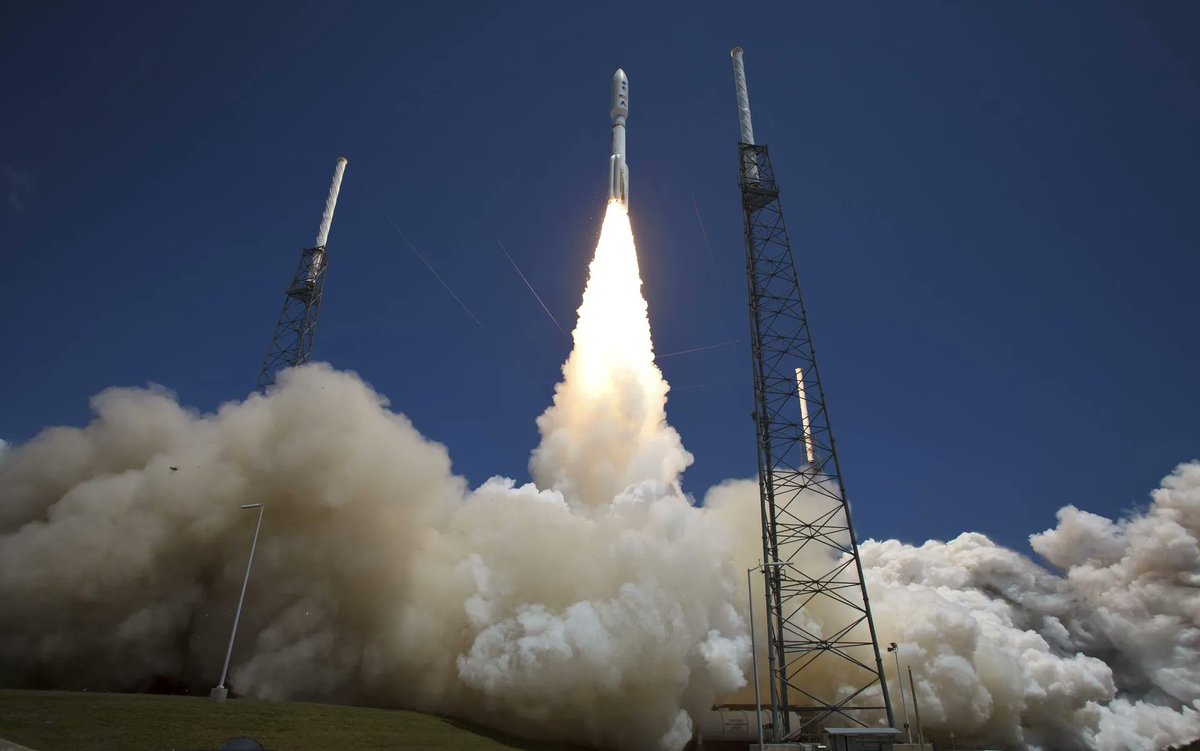The statistics of how people die offer a gruesome but informative way to understand both how humans perceive threats and how they react to fear. For example, you are more likely to be crushed by a falling vending machine (~13 people killed per year) than be eaten by a shark (~10 per year). However, there is one currently statistically unlikely cause of death that has a real risk of increasing dramatically in likelihood over the coming decades – falling space debris. According to a new study, there’s a 6-10% chance that someone will die from debris falling from space over the next ten years.
This probably isn’t surprising to anyone involved in the space industry. The debris problem has been growing for decades at this point, as rockets and satellites leave little pieces of themselves floating uncontrolled around Earth. We here at UT report on incidents involving it consistently (such as yesterday), though thankfully, we haven’t had to report any deaths from it so far.
That might prove that we’re just lucky. Some debris has undoubtedly hit unpopulated areas in the near past, and a part of a Long March 5B rocket hit a town in Ivory Coast on the west coast of Africa. Luckily, while there was some building damage, no one was hurt.
It’s only a matter of time before someone is, though. Space is getting increasingly crowded, with private companies sending up thousands of satellites to provide services like broadband internet and near-real-time surface imaging. But at what cost?
Currently, there is no regulatory requirement on how to dispose of the non-reusable rocket stages that provide the launch capabilities to the myriad companies and nations that want to get to orbit. Some of these components can weigh literal tons and might not entirely break up as they effectively aero brake through the atmosphere.
What’s more – one particular part of the world that is more susceptible to these risks – the “global south.” While most of these nations, which reside below the equator, do not have space-faring capabilities of their own, an unfortunate reality of physics makes them more likely to be affected by it. Rockets’ paths to get themselves into orbit typically put their unrecoverable bits into a position to fall somewhere below the equator.

Credit – iStock
In a new paper published in Nature Astronomy, researchers from the University of British Columbia have pointed out all these disparities and risks. By their calculation, space debris has a 6-10% chance of killing at least one person in the next ten years. Most likely, that person will not be from the nation that created the piece of debris.
That sounds like a recipe for international acrimony, yet no polity has yet come forward to develop a framework for handling the regulation of these potentially hazardous pieces of technology. As the UBC team points out, there are systems and technologies in place that can stop this potential loss of life – we just have to be willing to accept the increased cost.
The most obvious of these would be to require controlled reentry from any rocket fairing. With controlled reentry, the dangerous bits of debris can be landed safely over one of the giant bodies of water that populate our planet. Given SpaceX’s success in landing its own booster stages back on a platform, the technology is obviously there to do this. But rocket companies won’t implement such a scheme unless required to by regulatory bodies.
Unfortunately, unless something is done soon to curb the likelihood of this event, someone will eventually die from falling space debris. In a worst-case scenario, hundreds could die from a single piece of debris – if it happens to hit an airplane, for example. Hopefully, governments will take a proactive approach to curb that likelihood well before it gets to that point. This new paper points them on the right path, at least.
Learn More:
UBC – Space rocket junk could have deadly consequences unless governments act
Byers et al. – Unnecessary risks created by uncontrolled rocket reentries
Lead Image:
Juno’s launch using an Atlas V rocket – one of the biggest rockets on record.
Credit – NASA / Bill Ingalls

